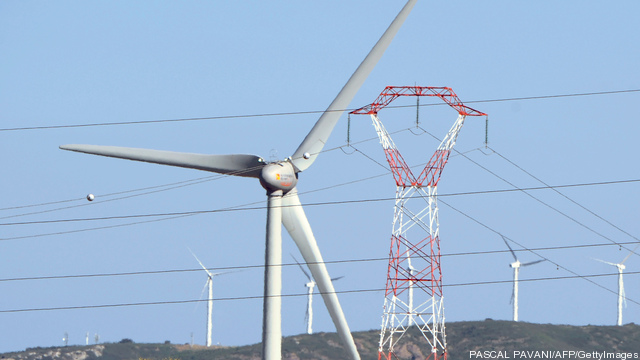
What gets measured gets managed is one of the truisms of the contemporary business environment, particularly as tools for collecting and analyzing data continue to proliferate across sectors. And as more companies include “sustainability metrics” in their self-measurement tools, the sector is seeing increased management and investor attention.
Major service providers, like the global accounting and consulting firm PwC, are seeing the change on the ground at firms and rushing to guarantee they are able to help their clients manage the newly visible risks and opportunities that come with these novel and increasingly detailed data sets. Keep reading →




